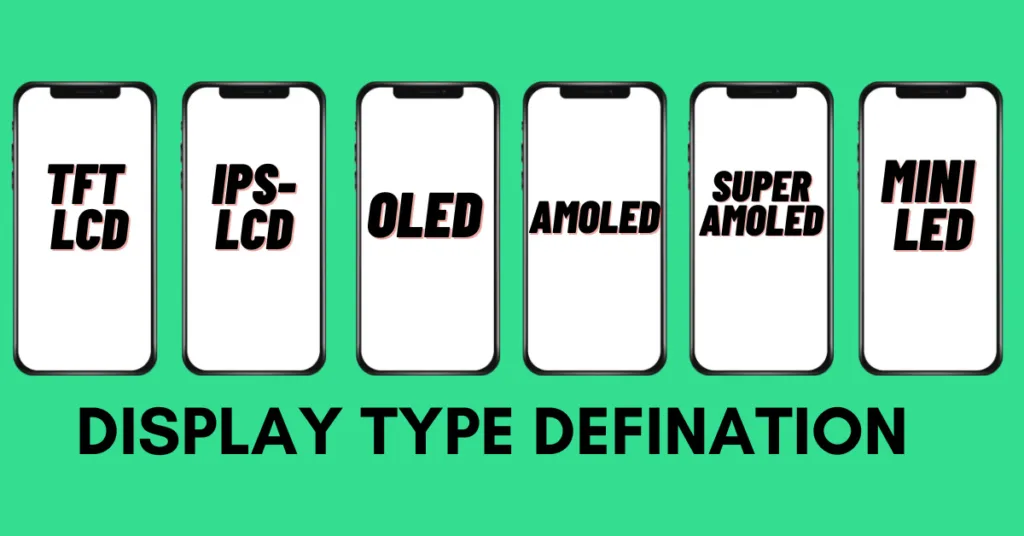
Mobile Displays type are the screens that we see on our smartphones, tablets, and other mobile devices. They are essential for interacting with the device and viewing information, images, and videos. There are two main types of mobile displays: LCD (liquid crystal display) and OLED (organic light-emitting diode).
LCD displays
LCD displays are the most common type of mobile display. They work by using liquid crystals to control the amount of light that passes through each pixel. LCD displays are affordable to produce and offer good image quality. However, they have some drawbacks, such as lower contrast ratios and viewing angles than OLED displays.
OLED displays
OLED displays are newer than LCD displays, but they are quickly becoming more popular. OLED displays use organic light-emitting diodes to produce images. OLED displays offer better contrast ratios, viewing angles, and response times than LCD displays. However, they can also be more expensive to produce.
In addition to LCD and OLED displays, there are a number of other mobile display types that are becoming more popular. These include:
Here are some of the different types of LCD and OLED displays used in mobile phones:
TFT LCD
TFT LCD stands for Thin Film Transistor Liquid Crystal Display. It is the most common type of LCD display used in mobile phones, TVs, and computer monitors. TFT LCD displays work by using a layer of liquid crystals to control how much light passes through the display. The liquid crystals are controlled by a thin film of transistors, which allows for precise control over each pixel.
IPS-LCD
IPS-LCD stands for In-Plane Switching Liquid Crystal Display. It is a type of TFT LCD that offers wider viewing angles and better colour reproduction than traditional TFT LCD displays. IPS-LCD displays are commonly used in high-end mobile phones and TVs.
OLED
OLED stands for Organic Light-Emitting Diode. OLED displays are self-emissive, meaning that each pixel produces its own light. This results in deeper blacks and more vibrant colours than LCD displays. OLED displays are also more power-efficient than LCD displays.
AMOLED
AMOLED stands for Active-Matrix Organic Light-Emitting Diode. AMOLED displays are a type of OLED display that uses a thin-film transistor backplane to control each pixel individually. This results in faster response times and better power efficiency than passive matrix OLED displays.
Super AMOLED
Super AMOLED is a type of AMOLED display that uses a special subpixel arrangement to improve brightness and viewing angles. Super AMOLED displays are commonly used in high-end mobile phones.
Mini LED
Mini LED is a type of LED display that uses smaller LEDs than traditional LED displays. This results in a brighter and more energy-efficient display. Mini LED displays are starting to be used in high-end TVs and laptops.
Micro LED
Micro LED is a type of LED display that uses even smaller LEDs than Mini LED displays. Micro LED displays offer the potential for even better image quality and power efficiency than OLED displays. However, Micro LED displays are still in the early stages of development and are not yet commercially available.
Which mobile display type is the best?
The best mobile display type for you depends on your individual needs and preferences. If you are looking for an affordable display with good brightness and sunlight legibility, then an LCD display is a good option. If you are looking for the best possible image quality, power efficiency, and deep blacks, then an OLED display is the way to go.
However, it is important to note that not all OLED displays are created equal. Some OLED displays are more expensive than others, and some offer better performance than others. When choosing a mobile phone with an OLED display, it is important to research the specific display type and compare different models to find the best one for you.